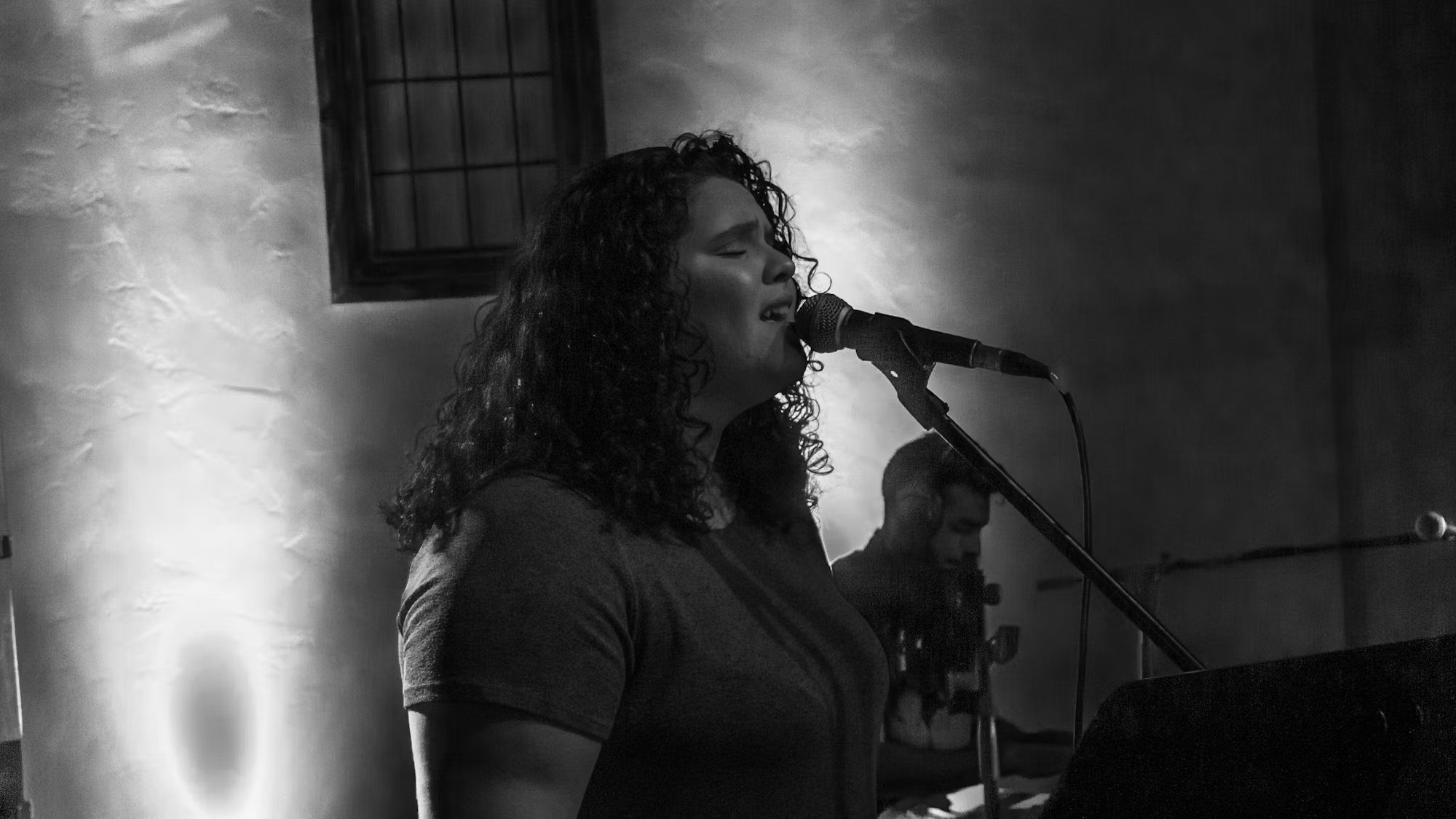The world of music is a vast and dynamic landscape, constantly evolving as artists draw from diverse influences and respond to cultural changes. The evolution of music genres reflects not only the creativity of musicians but also the social, political, and technological contexts in which they create. This article embarks on a journey through time to explore the development of various music genres, their key influences, and the cultural significance of these transformations.
The roots of modern music can be traced back to ancient civilizations, where rhythm and melody served as vital expressions of culture. Folk music emerged as a way to tell stories, celebrate traditions, and connect communities. These early forms laid the groundwork for the myriad genres we enjoy today. The oral tradition of passing down songs through generations allowed for regional variations, resulting in unique sounds that reflected the identity of different cultures.
As time progressed, the late 19th and early 20th centuries ushered in significant changes with the advent of recorded music. The invention of the phonograph allowed for the preservation of musical performances, leading to the popularization of genres like blues and jazz. Blues, with its roots in African American spirituals and work songs, became a profound expression of life’s struggles and emotions. Artists like B.B. King and Muddy Waters not only shaped the genre but also influenced the development of rock and roll, paving the way for future generations of musicians.
The 1920s marked the birth of jazz as a distinct genre. Jazz brought together elements of blues, ragtime, and African rhythms, creating a vibrant and improvisational style that captivated audiences. Iconic figures like Louis Armstrong and Duke Ellington emerged, each contributing to the genre’s rich tapestry. Jazz clubs became cultural hubs, fostering a sense of community and creative exchange. The genre’s evolution continued, giving rise to subgenres such as bebop, cool jazz, and free jazz, each pushing the boundaries of musical expression.
The mid-20th century saw the rise of rock and roll, a genre that blended rhythm and blues with country influences. Artists like Elvis Presley and Chuck Berry captured the spirit of rebellion and youth culture, making rock and roll a defining sound of the era. The genre not only influenced music but also impacted fashion, social attitudes, and cultural movements. Rock and roll laid the foundation for numerous subgenres, including punk, metal, and alternative rock, each reflecting the zeitgeist of their time.
As the 1970s rolled in, disco emerged as a dominant force in the music scene. Characterized by its danceable beats and vibrant melodies, disco became a cultural phenomenon, particularly within urban communities. Artists like Donna Summer and the Bee Gees produced chart-topping hits that defined the era. Disco also played a significant role in the LGBTQ+ community, providing a space for expression and celebration. Despite its commercial success, disco faced backlash in the late 1970s, leading to its decline, but its influence can still be felt in modern dance music.
Simultaneously, the 1980s witnessed the birth of hip-hop, a genre rooted in African American and Latino communities. Emerging from block parties in the Bronx, hip-hop combined rhythmic speech, DJing, and graffiti art to create a cultural movement. Pioneers like Grandmaster Flash and Run-D.M.C. laid the groundwork for what would become a global phenomenon. Hip-hop not only transformed music but also became a platform for social commentary, addressing issues of race, inequality, and identity.
The advent of the internet in the late 1990s and early 2000s further revolutionized the music industry. Genres like electronic dance music (EDM) gained popularity, fueled by the rise of digital technology and the ability to create and distribute music online. Artists like Daft Punk and Calvin Harris became household names, attracting large audiences at festivals around the world. The blending of genres became more pronounced, as EDM incorporated elements from rock, pop, and hip-hop, leading to a vibrant and eclectic music scene.
In recent years, genre-blending has become a defining characteristic of modern music. Artists like Billie Eilish and Lil Nas X have pushed the boundaries of genre conventions, creating unique sounds that defy categorization. The rise of streaming platforms has also contributed to this evolution, allowing listeners to discover and explore a diverse range of music. Curated playlists and algorithm-driven recommendations have changed how we consume music, encouraging artists to experiment and innovate.
Moreover, the global exchange of musical influences has enriched the music landscape. Genres like K-pop and reggaeton have gained international acclaim, showcasing the power of cultural fusion. K-pop groups like BTS and Blackpink have amassed massive fanbases worldwide, blending catchy melodies with intricate choreography. Reggaeton, with its infectious rhythms, has transcended borders, becoming a staple in mainstream music. These genres exemplify how technology and globalization have facilitated cross-cultural collaborations, giving rise to new sounds that resonate with diverse audiences.
In conclusion, the evolution of music genres is a testament to the creativity and resilience of artists throughout history. Each genre reflects the cultural context in which it emerged, influenced by social changes, technological advancements, and artistic experimentation. As we look to the future, the music landscape will undoubtedly continue to evolve, driven by innovation and collaboration. The journey through time reveals that music is not just a form of entertainment; it is a powerful medium that connects us, tells our stories, and reflects the ever-changing world around us.





